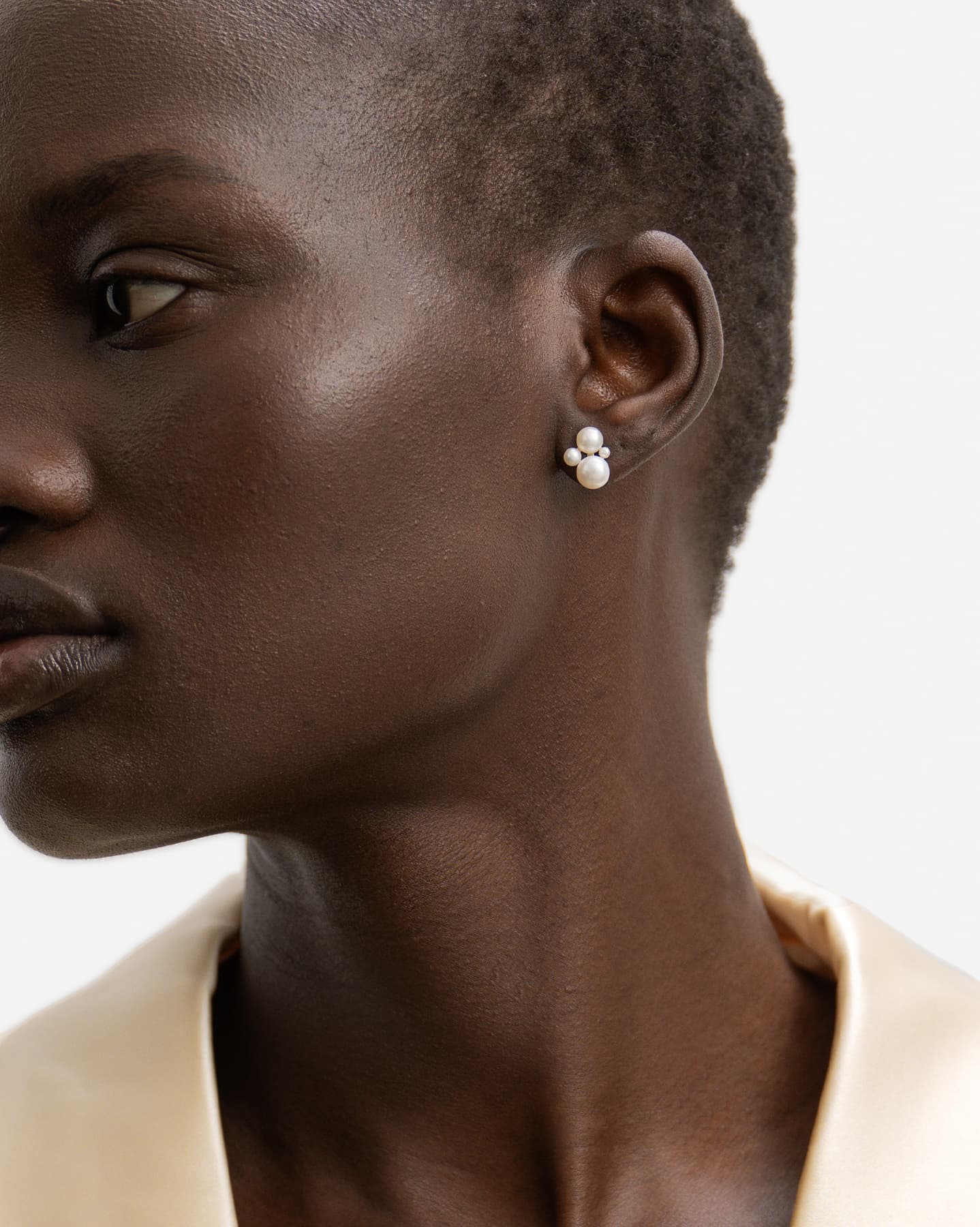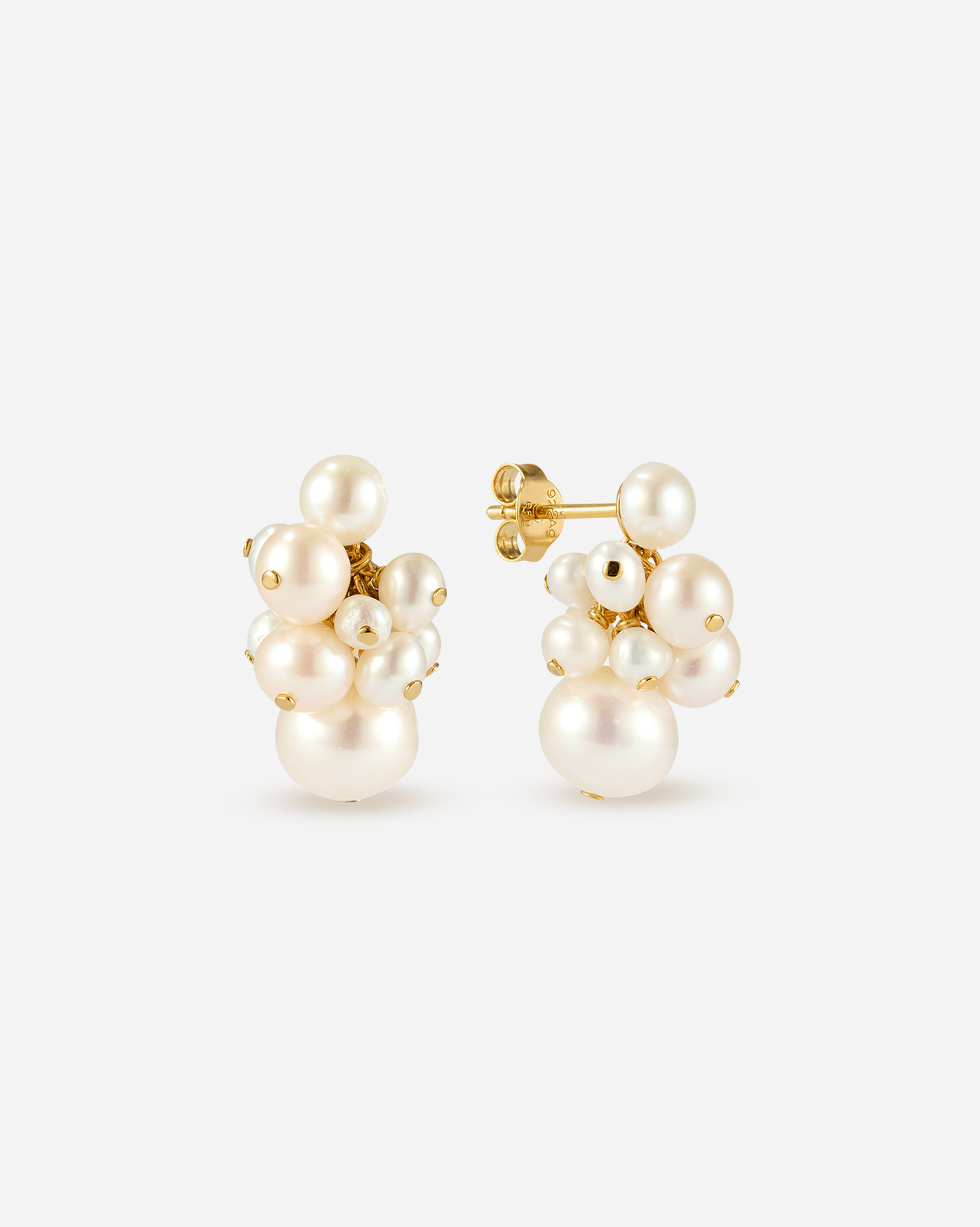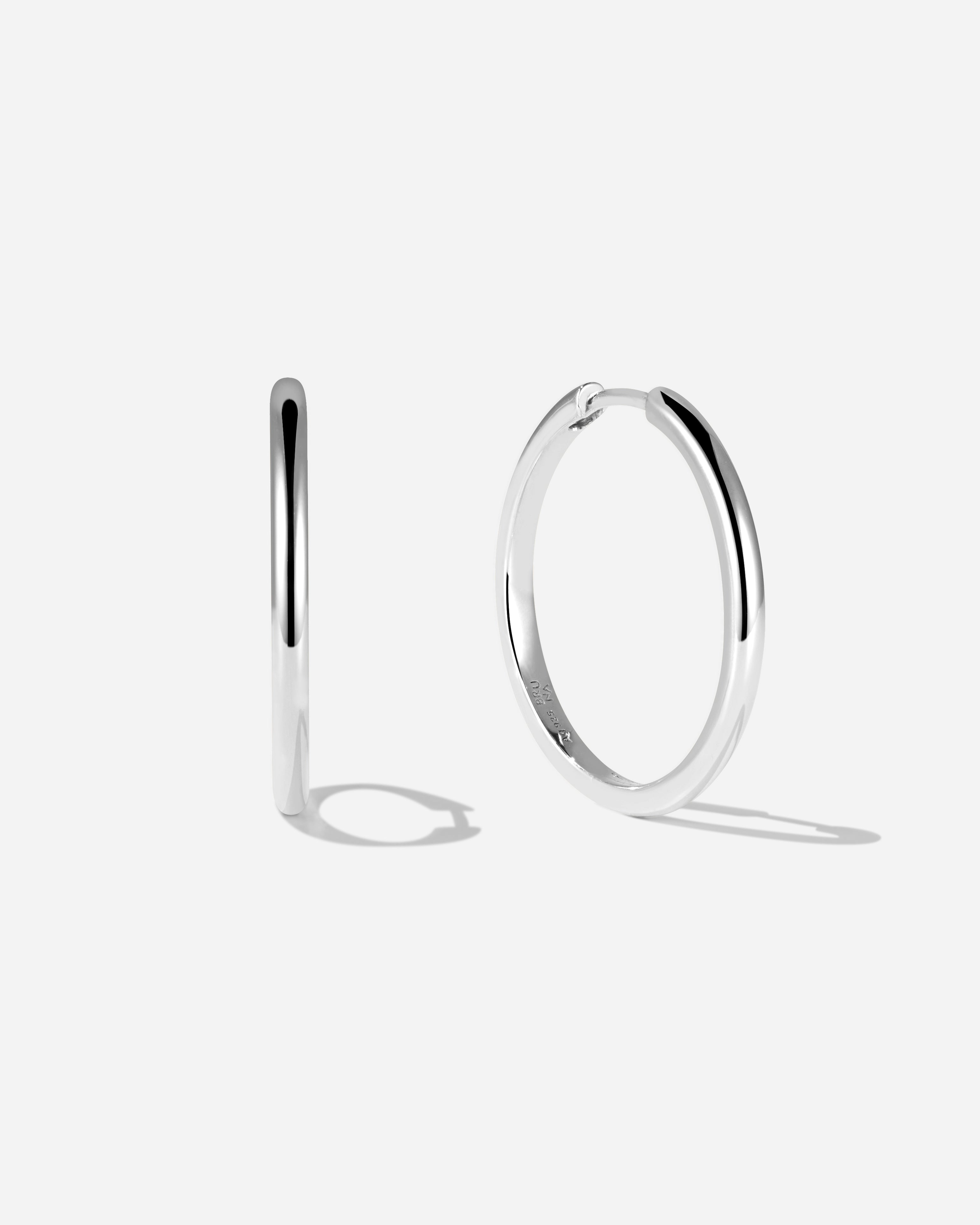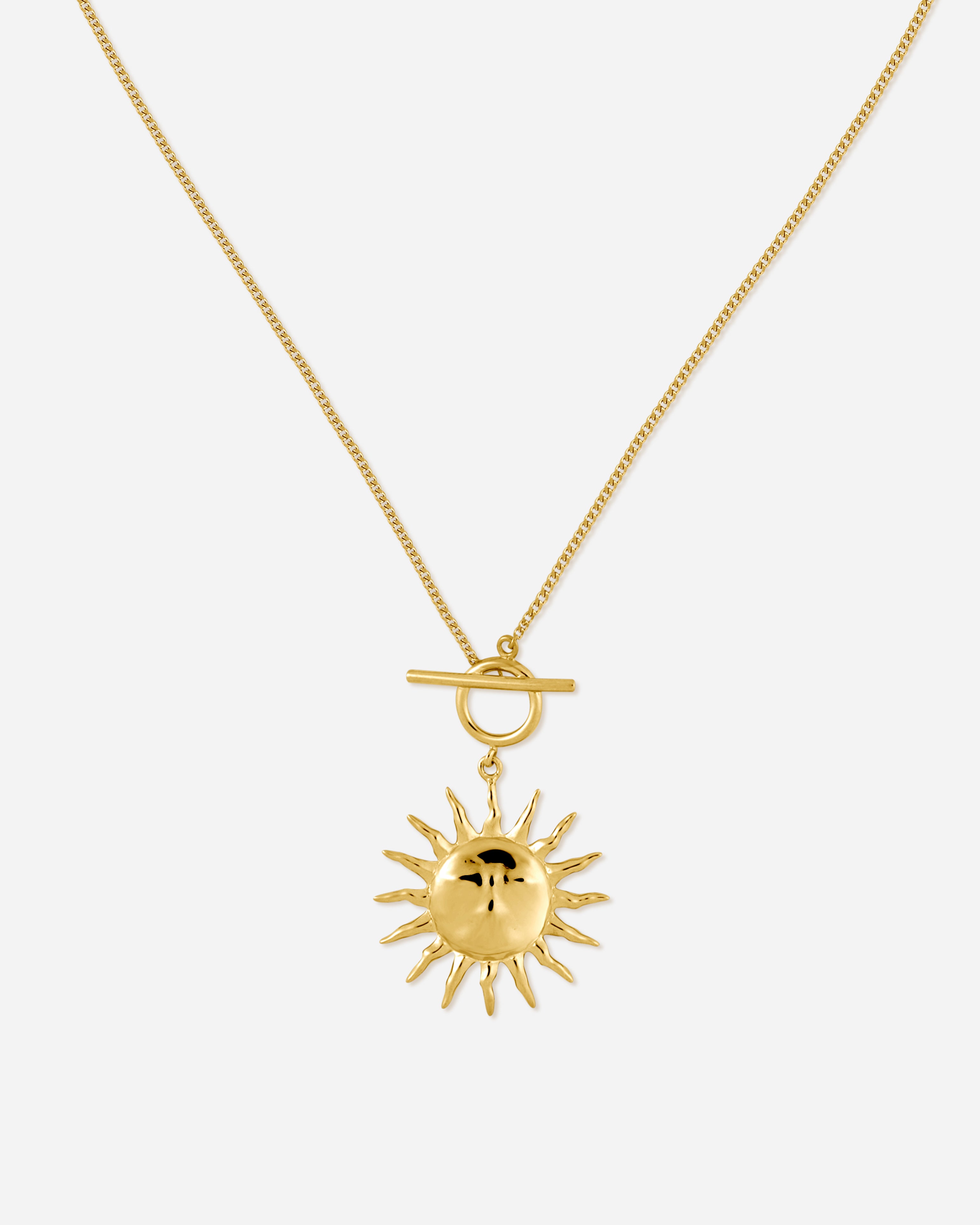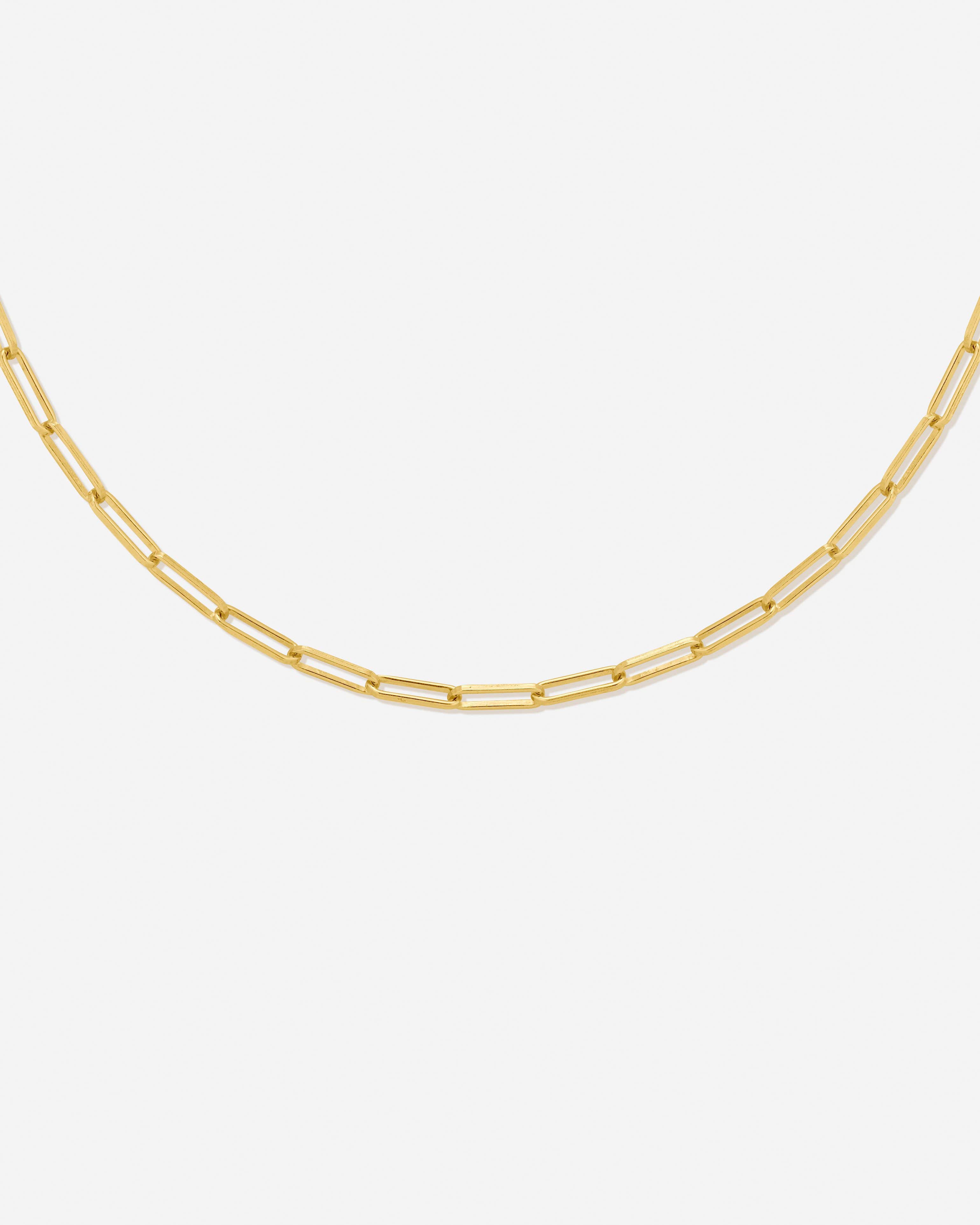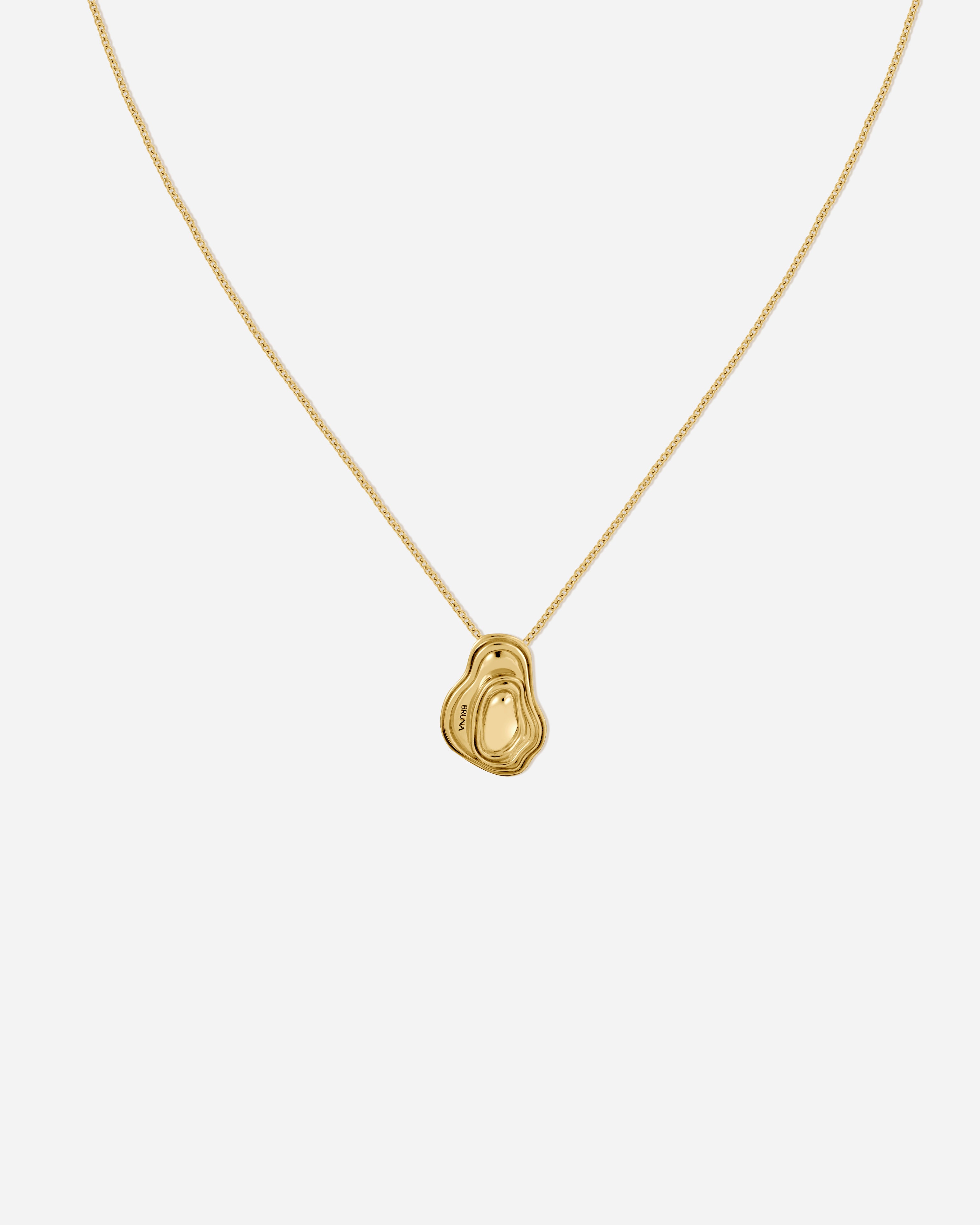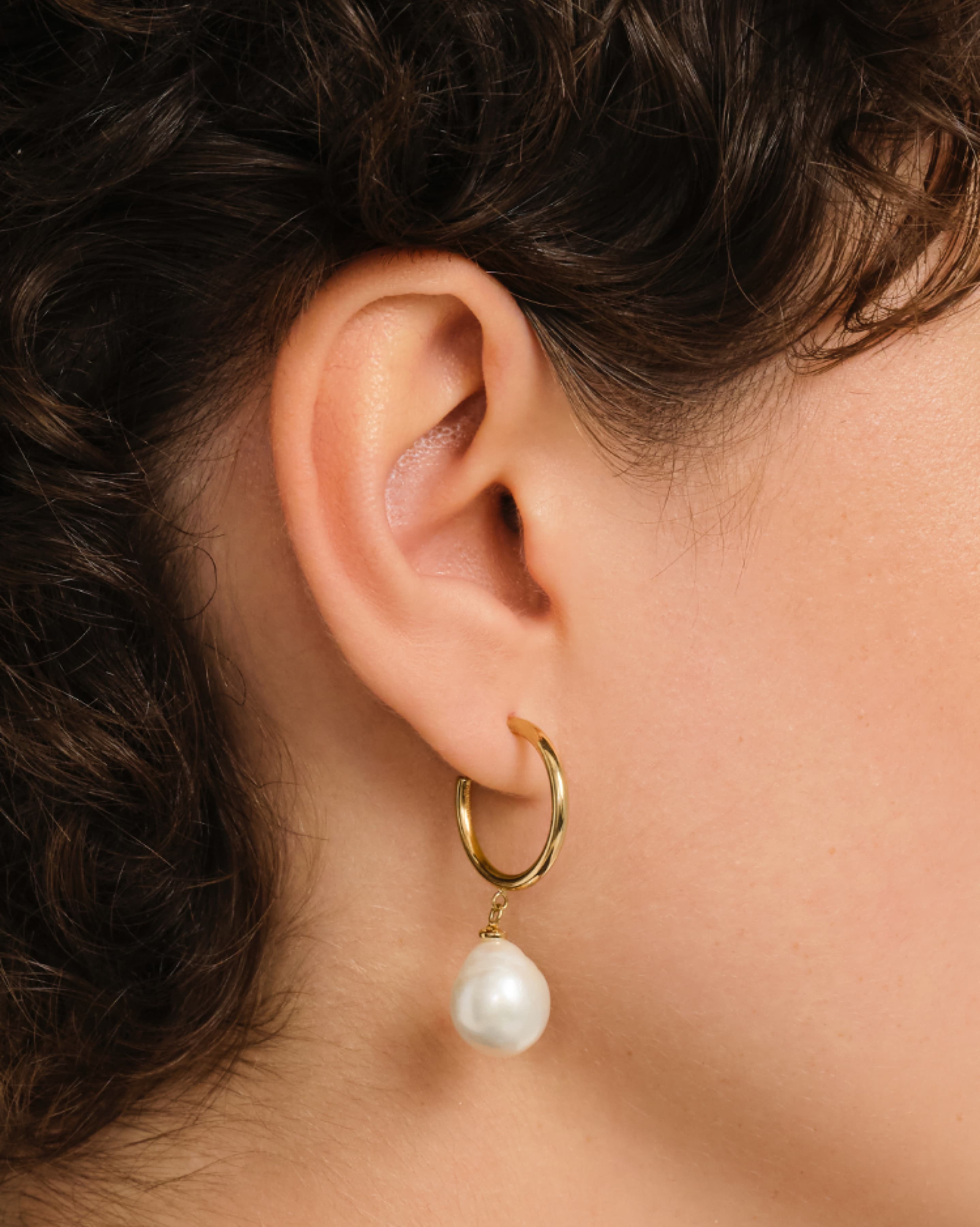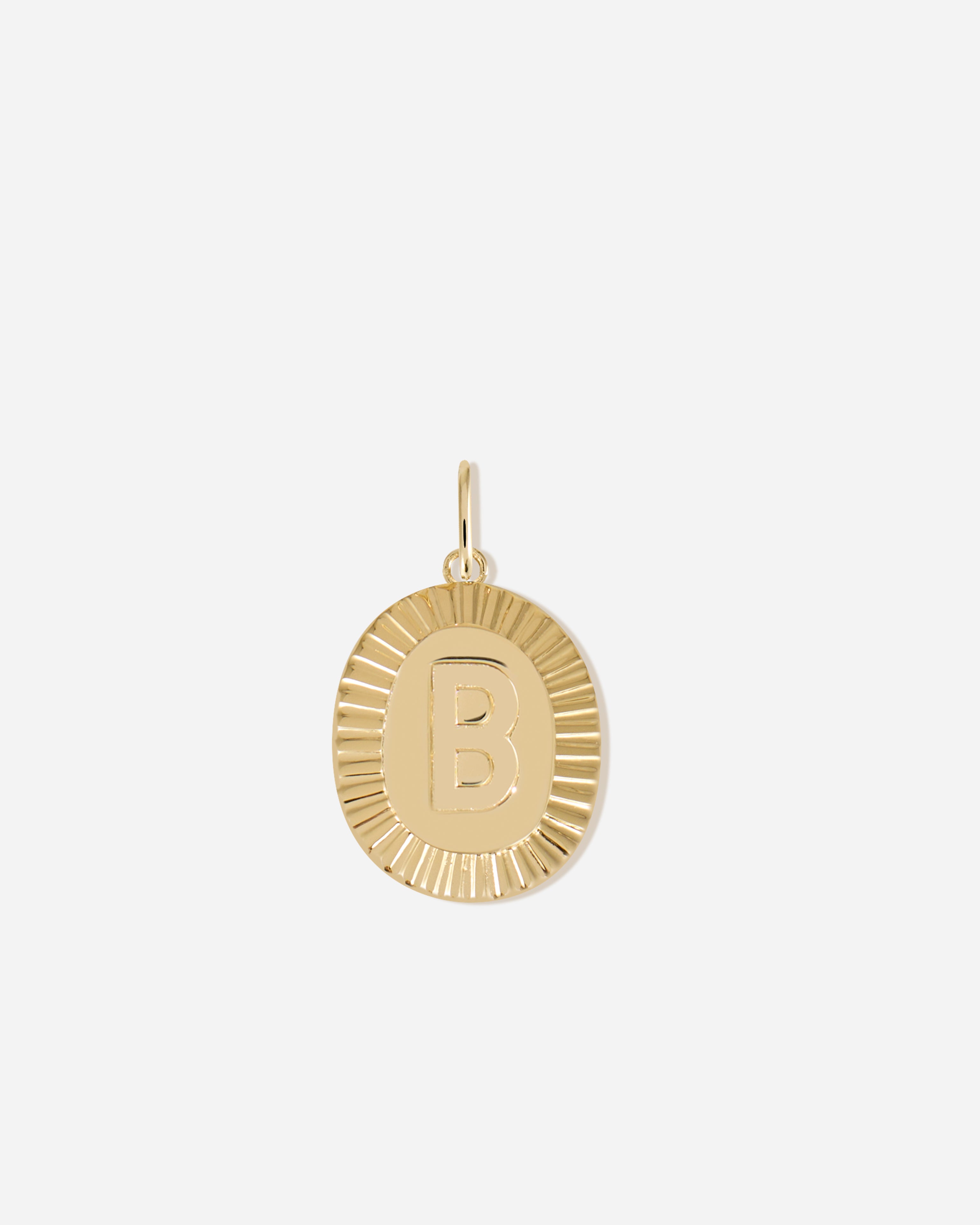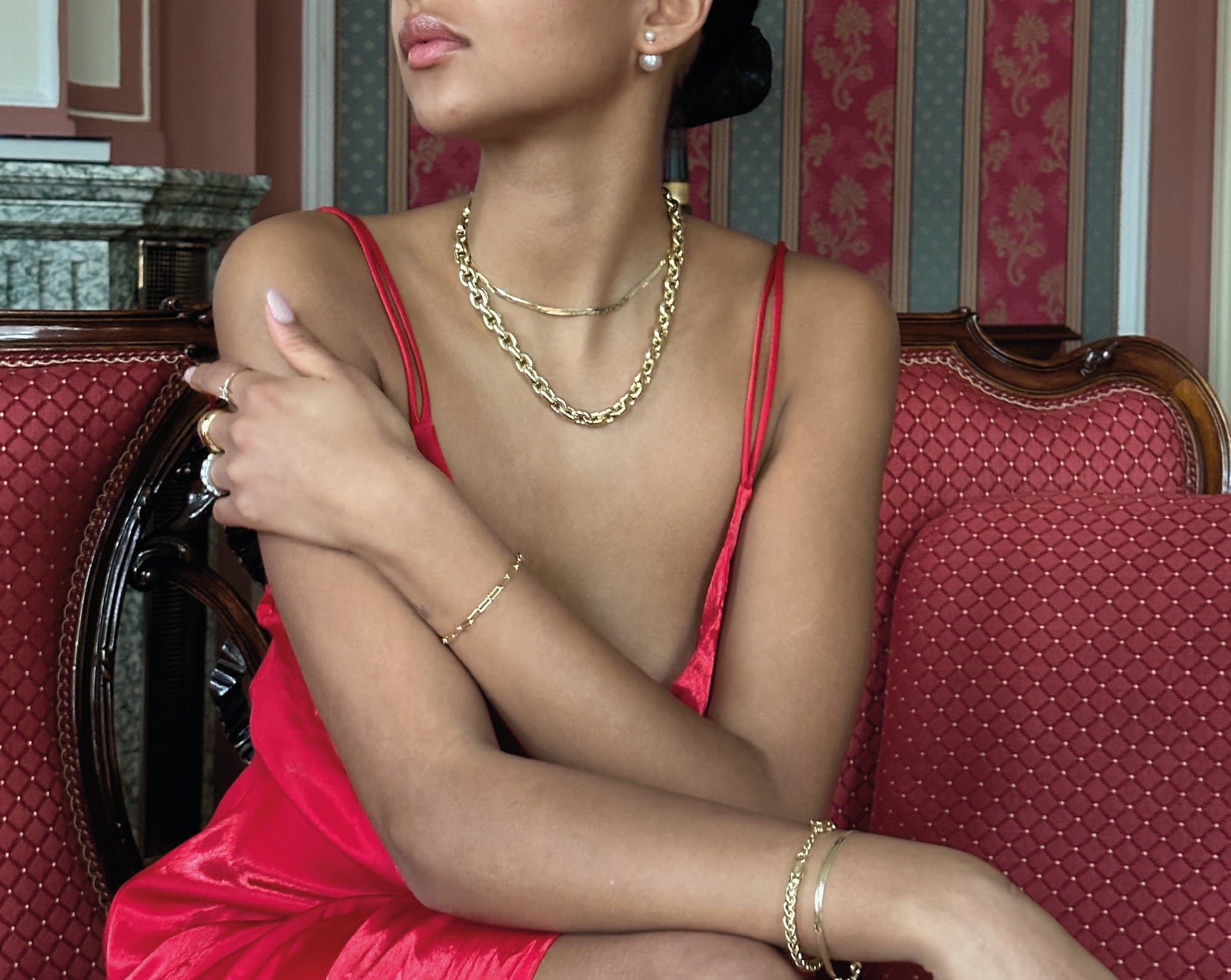
A Labor of Love: The Art and Science behind BRUNA’s Jewelry
Have you ever wondered about the process behind creating your favorite pieces of jewelry? If your answer is yes, you’re in the right place!
Jewelry-making is a fascinating process that can take up to almost 100 steps. It requires expertise, care, and traditional craftsmanship skills - as well as all the latest technologies.
We’d love to take you on a journey through some of the key steps in our jewelry production process, from initial design to finished product. We’ll also introduce you to the highly skilled artisans who make all of this possible.










